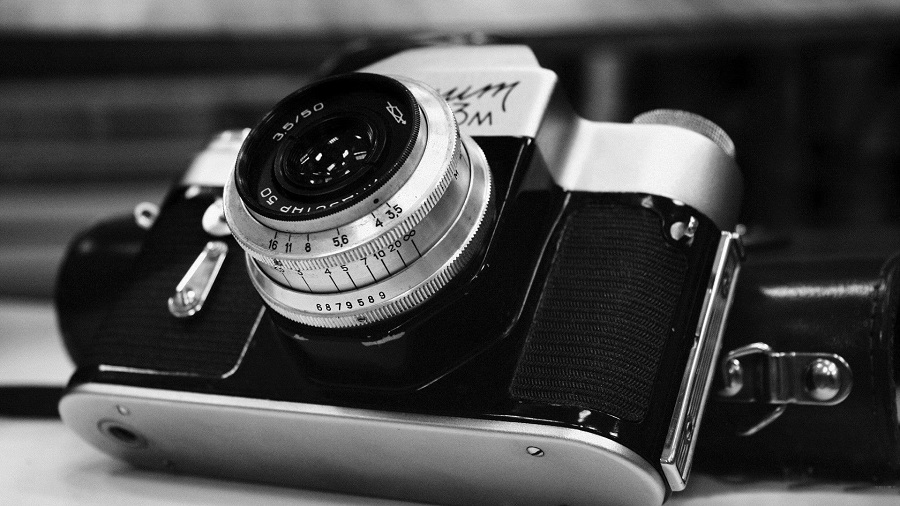Best Monochrome Camera

What makes a camera explicitly appropriate for road photography? Great inquiry. In a type that acknowledges the coarse, the unconstrained, the unplanned, the error, you can essentially utilize whatever works for you. On the off chance that you are OK with a camera and can work it with keenness, the goal, ISO affectability, dynamic reach, and all the steadily examined quantifiable elements are significantly less significant than the manner in which you connect with individuals, comprehend the rhythms of the road, and perceive the characteristics of light.
Notwithstanding, there are a couple of best monochrome camera includes that do correspond well with road photography and, all in all, secrecy, speed, and constancy are key components. Highlights like the LCD screen, viewfinder, AF speed, ceaseless shooting speed, focal point’s central length and opening, and even installed blaze ought to be viewed as significant. It is not necessarily the case that sensor type and ISO ability aren’t factors in road photography, however not really more so than in some other sort of photography.
The following is a select gathering of computerized cameras that I think make strong road entertainers; they’re browsed the DSLR, mirrorless, and simple to use sub-classifications. As I referenced, practically any camera can be useful for catching the energy, peculiarities, and creations of the metropolitan scene, so please utilize the remark segment to tell us what camera you discover ideal for this application.
Leica M Digital Rangefinder Camera
We should begin with the legend. The Leica M (Type 240) advanced rangefinder is marginally greater than other M models yet has exceptionally calm screen activity, which is an advantage in the road. Its 3.0″ LCD screen gives live view ability, and shooting the rangefinder through the optical viewfinder with manual center is an old fashioned treat.
The M is likewise viable with a discretionary electronic viewfinder, which mounts on the hot shoe. ISO affectability hurries to 6400 and commotion is negligible at ISOs up to 3200. With its 24MP full-outline CMOS sensor, picture quality, particularly jpeg, is marvelous, however that you definitely knew. Use it with practically any M-mount focal point be that as it may, for road photography, attempt the Smilax-M 35mm f/1.4 ASPH focal point.
-
Fujifilm X100T Digital Camera
Would it be reasonable for consider the X100T the helpless man’s Leica? Provided that this is true, consider me a helpless man. The X100T resembles a more established, basic 35mm camera—however don’t be tricked, it is an elite advanced pearl with a 16.3MP APS-C X–Trans CMOS sensor and implicit 23mm f/2 focal point for an equal central length of 35mm. The X-Trans sensor is notable for its picture quality and shading interpretation, and its EXR Image Processor II empowers successful low-light imaging at high ISOs and quick execution up to 6 fps persistent shooting.
An Advanced Hybrid Viewfinder offers an optical and electronic viewfinder in one, with eye sensor, to naturally turn on when required. A 3.0″ LCD screen is additionally upheld, just as inherent glimmer and hot shoe. Shade activity is practically quiet and the X100T joins an electronic screen with totally quiet activity and screen accelerates to 1/32,000-second. Cross breed AF is quick and precise and an all-out aid for road shooting. Underlying Wi-Fi and 1080p video simply add to its rundown of extraordinary highlights. Despite the fact that it isn’t yet in stock the new Fujifilm X100F is an all-around respected update to the X100T.
-
Group Power Shot G1 X Mark II Digital Camera
I have been shooting with the Canon G arrangement point-and-shoots since the G3, and discover them to be ideal road cameras. The G1 X Mark II has the enormous 1.5″ sensor, extended from the G1 X, and houses a more extensive and longer 24-120mm f/2-3.9 focal point. Its processor was improved, as well, so AF and constant shooting execution is quicker.
The camera has a strong elastic grasp and is the correct size—more minimal, yet not minuscule for working in the road. Speed is an or more on the Mark II, however the G1 X had an optical viewfinder, which was supplanted on the Mark II by a discretionary EVF, and my #1 include, the completely articulating LCD, which made circumspect midsection level shooting such a delight, has been supplanted by a selfie-accommodating tilt-up LCD.
Nonetheless, the LCD is currently touchscreen skilled and the camera highlights double control rings around the focal point and a customizable spring up streak that expands higher than most, over the body.
-
Panasonic Lumix DMC-LX100 Digital Camera
A lightweight, reduced body, quick long range focal point, 11 fps burst shooting with the mechanical screen, 40 fps with electronic shade, and rapid AF in roughly 0.14 seconds will offer you each chance to catch that momentary second in the road. This camera includes a 12.8MP Multi-Aspect MOS sensor and Leica DC Vario-Summilux f/1.7-2.8 focal point with equal central length scope of 24-75mm.
Picture quality is excellent with the LX100. Indeed, the camera offers 4K video catch, a high-goal EVF, worked in Wi-Fi, and incorporates an outside blaze, yet what may intrigue road picture takers the most is that it gives manual control rings and dials, so no bungling through a menu with this simple to use to get you to the setting you need.